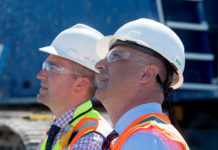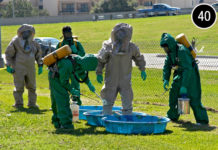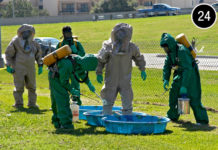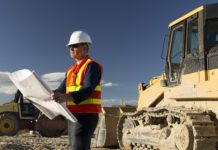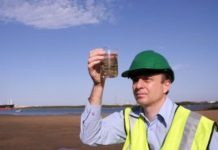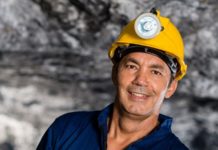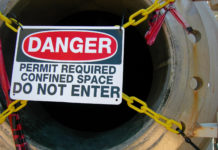Confidence and familiarity with proper respirator practices is important for employers, respiratory protection program managers, and safety managers in all industries who rely on N95 respiratory protection to help keep workers safe. The education to build this familiarity must happen before the time comes when a respirator is needed.
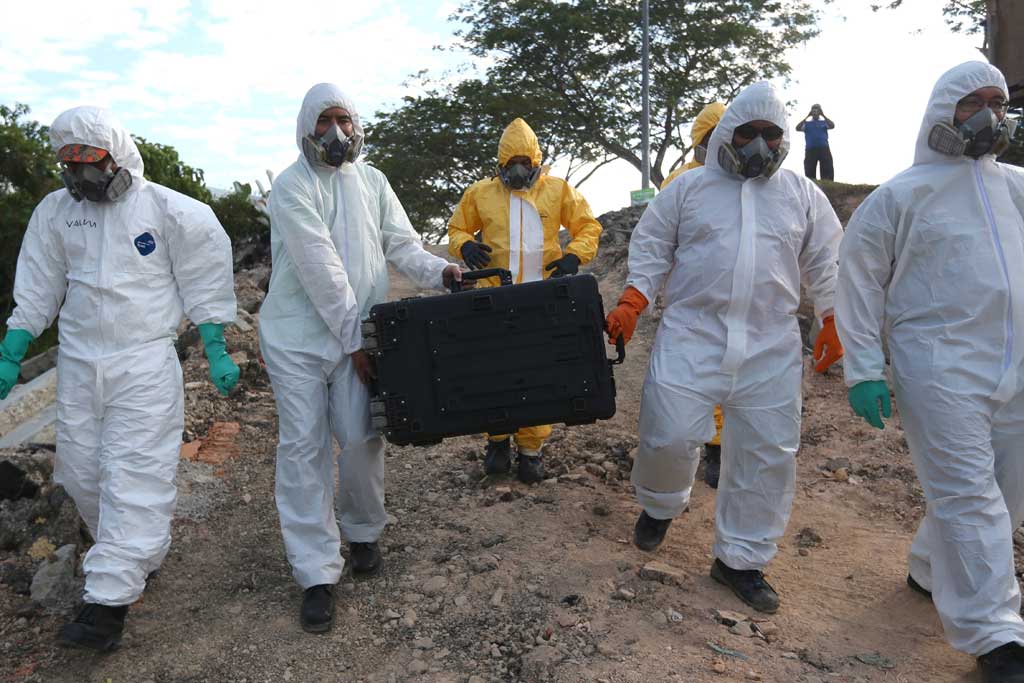
N95 Day
N95 Day observance is dedicated to highlighting the N95 filtering facepiece respirator information. It is also used to disseminate important information about powered air-purifying respirators (PAPRs), half mask, and full facepiece respirators (elastomerics). #N95Day on social media.
- The Mold Inspector Certification – NAMP Certified Mold Inspector Course – will instruct you to inspect for and control mold infestation and how to interpret the results of laboratory testing.
- The NAMP Certification is America’s oldest and most respected certification course and provide education and authoritative credentials for Mold Professionals.
- 6hrs: $495
- 10% OFF SALE: Enter Promo Code "TRAIN10OFF" at Checkout
Air-Purifying Respirators (APRs)
Air-purifying respirators (APRs) work by removing gases, vapors, aerosols (droplets and solid particles), or a combination of contaminants from the air through the use of filters, cartridges, or canisters. These respirators do not supply oxygen and therefore cannot be used in an atmosphere that is oxygen-deficient or immediately dangerous to life or health. The appropriate respirator for a particular situation will depend on the environmental contaminant(s).
CDC Infographic: What are Air-Purifying Respirators? (PDF)

N95 Repirators
An N95 respirator is an example of personal protective equipment that is used to protect the wearer from liquid and airborne particles contaminating the face.
The ‘N95’ designation means that when subjected to careful testing, the respirator blocks at least 95% of very small (0.3 micron) test particles. If properly fitted, the filtration capabilities of N95 respirators exceed those of face masks. However, even a properly fitted N95 respirator does not completely eliminate the risk of illness or death.
View a list of NIOSH-Approved N95 Particulate Filtering Facepiece Respirator manufacturers here.
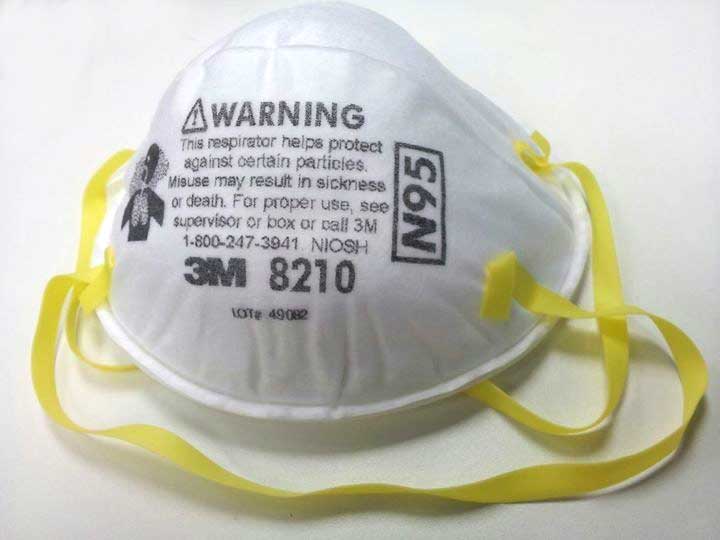
Air-Purifying Respirators (APRs) FAQs
- At minimum, how often must you be fit tested for a tight-fitting respirator?
Answer: Once a year. OSHA requires annual fit testing: 29 CFR 1910.134. - What does FFR stand for?
Answer: Filtering Facepiece Respirator - What is the best way to decorate your respiratory protection?
Answer: Use markers to draw images. Any alteration of the respiratory protection will void the NIOSH approval. - Can physical body changes (weight loss/gain, dental work, scarring, cosmetic surgery, etc.) affect how a respirator fits?
Answer: Yes. Results of a NIOSH study confirm the necessity of the current OSHA respirator fit testing requirement, both annually and when physical changes have occurred. - Can you wear a tight-fitting respirator with facial hair?
Answer: In general, no. Some types of facial hair are acceptable. However, facial hair cannot come in contact with or interfere with the sealing surface of the respirator against the face. - An N95 filtering facepiece respirator and a surgical mask provide the same level of protection.
Answer: No. A n N95 FFR and surgical mask do not provide the same level of protection. - N95 filtering facepiece respirators provide protection against gas and vapor exposures.
Answer: Yes. Air-purifying respirators protect by filtering particles out of the air the user is breathing. - Particle capture or collection by a respirator filter depends on the size of a particle.
Answer: Yes. Particle capture or collection by a respirator filter depends on the physical characteristics of the particle (e.g., shape, size and density). - Can an N95 filtering facepiece respirator ever be reused by the same person (i.e., the practice of using the same respirator multiple times during a work shift)?
Answer: No. These devices are typically recommended for single use. However, unless the manufacturer identifies a specified duration of use, for example “single use only”, or the employer’s respirator program excludes reuse, for example when exposed to infectious agents capable of being transmitted by contact, users can wear an FFR until it is damaged, soiled, or causing noticeably increased breathing resistance.
If N95s are part of your workplace respiratory protection program, please take some time on #N95Day – September 5 – to focus on worker safety.
Additional Respiratory Protection Resources
Respiratory Protection Infographics
- What are Air-Purifying Respirators?
- Considerations for Respirator Selection in Healthcare
- Why are Annual Fit Tests Required?
- You’ve Just Completed Your Annual Respirator Training….
- Key Requirements of a Respiratory Protection Program
- Summary of Respirator Fit Test Requirements
- Respirator Use and Infection Control in Healthcare
- Required Labeling of NIOSH-Approved N95 Filtering Facepiece Respirators
- Understanding and Selecting Respiratory Protection Devices
- Important Steps for Using NIOSH-Approved Filtering Facepiece Respirators
- It’s NOT What You Think! N95 Myth v/s Fact
Respiratory Fit Testing
- New NIOSH Study Supports the OSHA Annual Fit Testing Requirements for Filtering Facepiece Respirators
- Whiteboard video, “A Particle is Particle”
- OSHA Document – Assigned Protection Factors for the Revised Respiratory Protection Standard
Respirator Selection, Approval, and Storage
- NIOSH Science Blog: N95 Respirators and Surgical Masks
- Understanding Respiratory Protection Options in Healthcare: The Overlooked Elastomeric
- NIOSH-Approved Particulate Filtering Facepiece Respirators
- Respirator Approval Support, Test Procedures, Standards, and User Notices
- Proper Respirator Use, Storage, Maintenance, Repair, and Disposal
- The Importance of a PAPR’s Battery in Assuring Effective Respiratory Protection
- NIOSH Certified Equipment List
- Respirator Trusted-Source Information page






